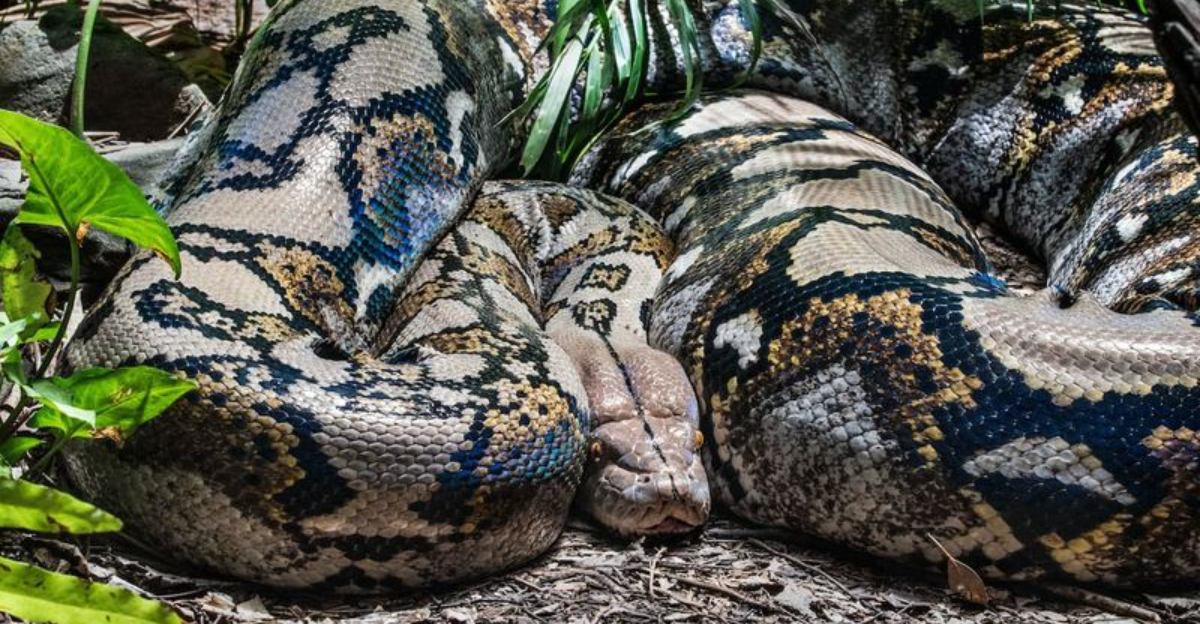In the prehistoric world, Titanoboa reigned as one of the most formidable predators to ever slither across the Earth.
This colossal serpent, measuring up to 50 feet in length and weighing over a ton, was a true giant of its time.
Living approximately 60 million years ago, it dominated the tropical rainforests of what is now South America, thriving in a world that was hot, humid, and teeming with life.
However, what if this giant snake met its match? I gave it a thought and concluded that these 7 incredible animals might just stand a chance against the fearsome Titanoboa. Ready to meet them? Let’s go!
1. African Elephant
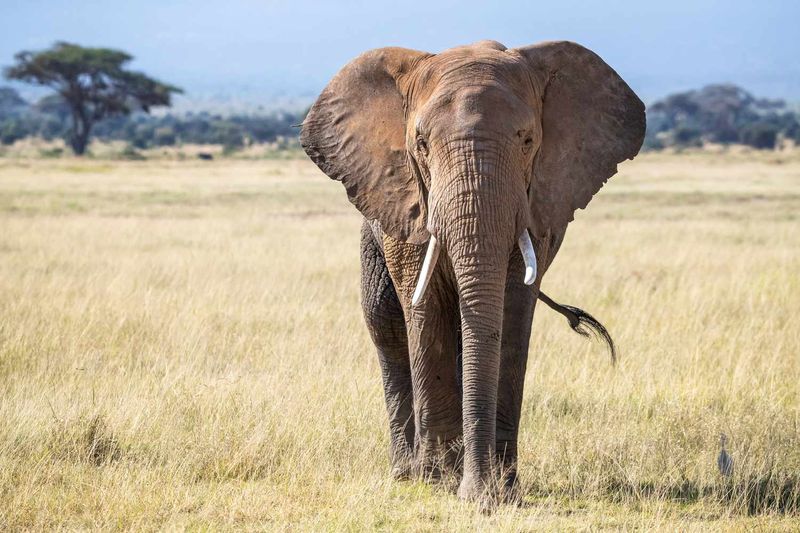
The African Elephant is one of the largest and most powerful animals on Earth. With a height that can reach up to 13 feet at the shoulder and a weight of up to 14,000 pounds, it’s a force to be reckoned with. Imagine this giant facing off against a Titanoboa!
First, consider the elephant’s sheer size. Its massive body would make it difficult for even a snake as large as Titanoboa to constrict and overpower.
Elephants also possess thick skin that provides some protection against bites. In addition to size and skin, the elephant’s tusks are formidable weapons.
These large, pointed ivory structures could deliver lethal blows to any predator daring enough to confront it. Furthermore, elephants are highly intelligent animals, capable of strategic thinking in dangerous situations.
2. Saltwater Crocodile

Let’s talk about a fearsome aquatic predator, known for its incredible strength and hunting prowess. Found in the brackish and freshwater regions of Southeast Asia and Australia, these reptiles can grow over 20 feet long and weigh more than 2,900 pounds.
Equipped with powerful jaws that can exert a bite force of 3,700 pounds per square inch, a Saltwater Crocodile could inflict serious damage on a Titanoboa.
Its heavily armored body made of tough, scaly skin would provide a strong defense against the snake’s constricting coils.
Moreover, the crocodile’s aquatic agility would give it an advantage in water, making it a formidable opponent. Crocodiles are also known to be patient and strategic hunters, using their stealth and surprise attacks to capture prey.
3. Komodo Dragon
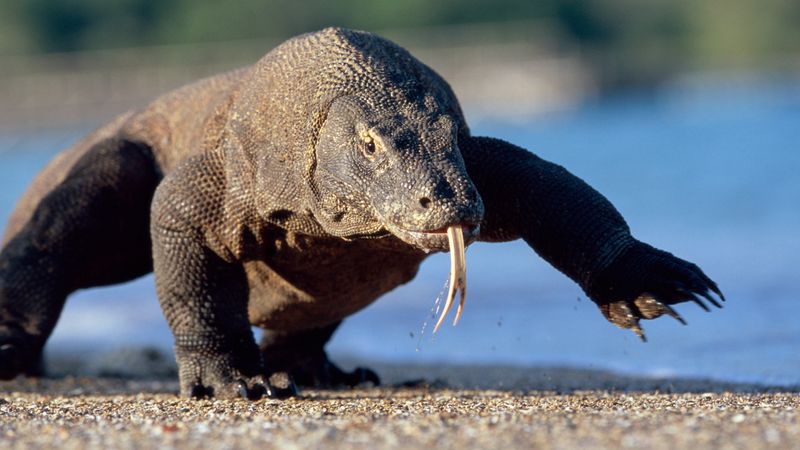
These reptiles can grow up to 10 feet long and weigh around 150 pounds. Despite their size, they are agile predators equipped with sharp, serrated teeth and a venomous bite.
The Komodo Dragon’s venom contains toxins that lower blood pressure, cause massive bleeding, and induce shock, which could potentially weaken a Titanoboa.
Furthermore, their strong, muscular tails can be used as powerful weapons to strike at predators. Komodo Dragons are also known for their keen sense of smell, which helps them detect carrion from miles away. This ability might give them the upper hand in tracking and ambushing a Titanoboa.
Despite the size difference, the Komodo Dragon’s unique adaptations make it a worthy adversary.
4. Grizzly Bear

Grizzly Bears are among the largest and most powerful land predators in North America. They can weigh between 400 to 790 pounds and stand over 7 feet tall when on their hind legs.
This formidable size, combined with their strength, makes them a potential match for a Titanoboa. These bears possess long, sharp claws and powerful limbs that could be used to swipe and injure a giant snake. Their thick fur and skin provide some protection against bites and constrictions.
Grizzlies are also known for their resilience and tenacity. They have been observed taking down large prey such as moose and bison, showcasing their incredible hunting skills.
Their ability to adapt to various environments further enhances their chances in a hypothetical battle against a Titanoboa.
5. Hippopotamus
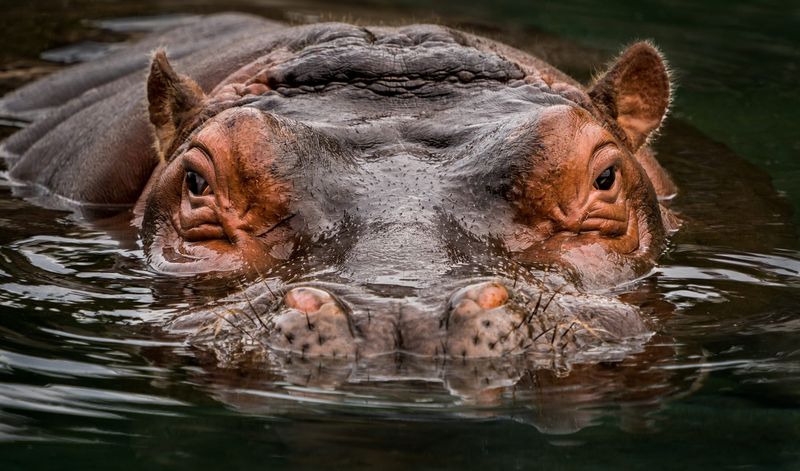
The Hippopotamus is a massive, semi-aquatic mammal native to sub-Saharan Africa. Known for their large size, hippos can weigh up to 3,300 pounds and have a length of about 16 feet. Their immense bulk and aggressive nature make them formidable opponents.
One of the key strengths of a hippo is its powerful jaws, capable of opening up to 150 degrees and delivering a bite force of 2,000 pounds per square inch.
This could potentially crush the skull of any predator, including a Titanoboa. Hippos are also known for their territorial behavior, especially in water.
They can be extremely aggressive and are capable swimmers, using their bulk to move swiftly in water. Their thick skin also offers protection against attacks, making them a tough adversary for any predator.
6. Anaconda

The Green Anaconda, found in South America, is one of the largest snakes in the world. These colossal serpents can grow up to 30 feet long and weigh more than 550 pounds. In a hypothetical battle with a Titanoboa, an anaconda’s size and strength could make it a serious contender.
Anacondas are known for their exceptional constricting abilities, using their muscular bodies to suffocate prey. Although smaller, their technique could potentially rival that of a Titanoboa.
Moreover, the anaconda’s aquatic nature gives it an edge in water. It can move swiftly and stealthily, using water as a refuge and a means to ambush.
Their patience and stealth in hunting are well-documented, making them a challenging opponent for any creature.
7. Siberian Tiger
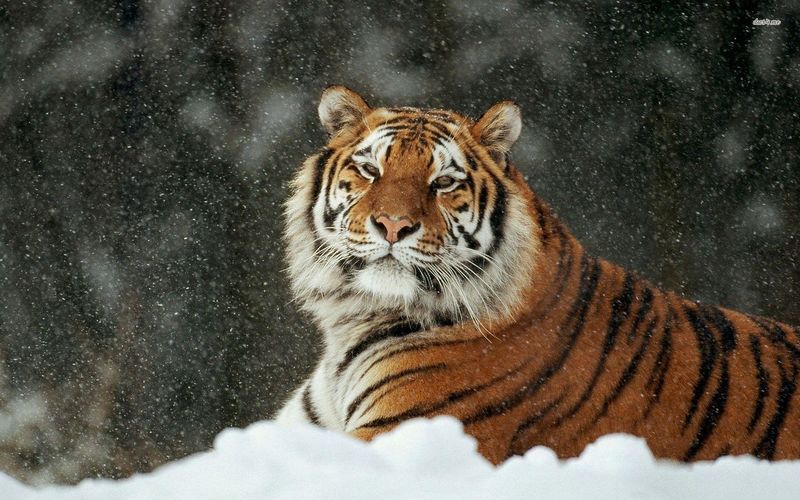
These majestic predators can weigh up to 660 pounds and measure up to 12 feet in length, including their tail.
Tigers possess powerful limbs and sharp claws that could inflict significant damage on a Titanoboa. Their agility and speed make them adept hunters, capable of swift attacks and evasive maneuvers.
In addition to physical prowess, Siberian Tigers have keen senses and strategic hunting techniques, often stalking their prey before launching an ambush.
Their thick fur provides warmth and some protection, making them resilient in harsh environments. This combination of traits would make a Siberian Tiger a fierce opponent for any large predator, including a Titanoboa.

